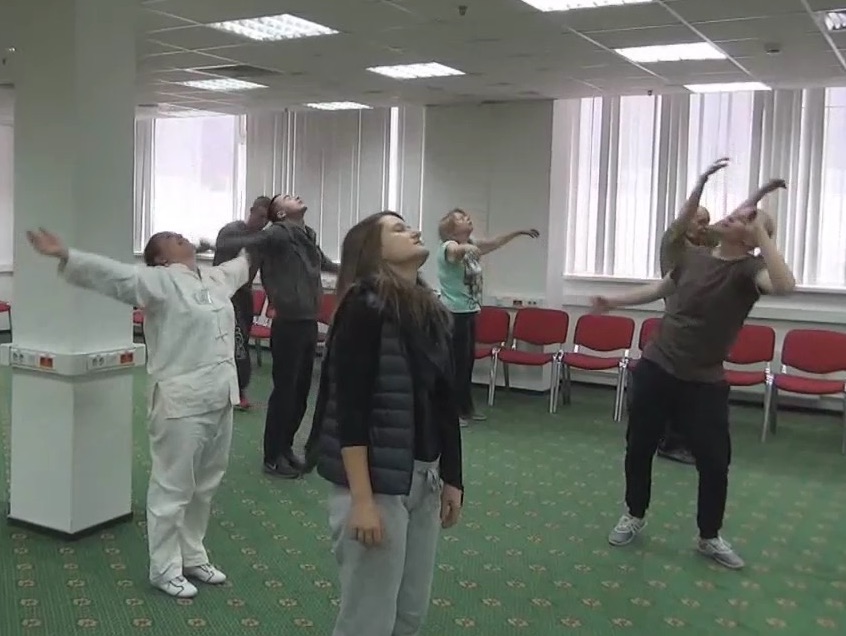CHI FLOW NOT TAUGHT IN OTHER SCHOOLS

Chi Flow
Question
I have practiced chi kung before for many years from other schools but have never experienced chi flow. Even the first ten minutes in your course was mind blowing.
— Louis, France
Answer
Yours is a common experience from people who have practiced chi kung elsewhere before. As I mentioned in class, we do not mean to glamorize ourselves or belittle others, but more than 80% of chi kung practitioners today only practice gentle physical exercise and not chi kung, and they themselves may not realize it.
They do not realize the difference because the outward form is the same. It is how the techniques are performed that makes a vast difference. In gentle physical exercise there is no chi flow, whereas in chi kung chi flow is the essence.
It is like Taijiquan (Tai Chi Chuan). More than 80% of Taiji practitioners today perform Taiji dance and not Taijiquan, though many of them may not realize it. The outward form is the same, but Taiji dance is a graceful physical exercise whereas Taijiquan is an internal martial art.
The outward form of Taiji dance and Taijiquan is the same, but how the techniques are performed makes a vast difference. In Taiji dance there is no internal force and no combat application, whereas in Taijiquan internal force and combat application are essential.
Question
Why is chi flow not taught in other schools?
Answer
There were a few reasons.
In the past chi kung, often known as nei kung, was an elite art, taught only to selected disciples. In the late 20th century chi kung became popular in China. The Chinese government at that time encouraged it and countless chi kung classes mushroomed all over the country, with instructors hastily trained. Their focus was on practicing form. The concept of chi flow, which was already freely explained even in the past, was lost in this way.
Even when chi kung occurred in the past, it was not obvious and vigorous like what we experience in our school. Usually the flow is inside practitioners' body and the practitioners themselves as well as onlookers may not be aware of it. When I was learning from my sifu, Sifu Ho Fatt Nam, I had experiences of chi flow, but it was not manifested outwardly. My sifu did not encourage it.
There were some schools that specialized on chi flow, like the classical Five-Animal Play and the modern Soaring Crane Chi Kung. Nevertheless, over time even these schools focus only on external form.
In Chinese chi kung culture, the onus was on practice. Philosophy was not usually discussed. Most students knew nothing about chi kung philsosophy. Even masters might not know the underlying philosophy of their practice although they were high-level performers. Hence, the concept of chi flow was little known, and this affected its lack in practice.
Our school is an outstanding exception. While we focus on practical benefits, we also pay much attention to philosophy. We clearly realize that philosophy is a very useful map that shows both the routes and the goals, and makes our practice very cost-effective.
In the West, chi kung masters themselves, or more correctly, what the ignorant public regard as masters, do not realize the importance of chi flow. They also do not realize that they teach gentle physical exercise and not genuine chi kung. What is shocking is that they do not realize, or do not accept the fact, that despite dedicating many years to the practice of what they think is chi kung, they and their students do not derive its benefits.
The above is taken from Questions 3 and 4 of April 2015 Part 1 of the Selection of Questions and Answers.
LINKS
Courses and Classes
